A closer look at distinguishing qualities between Scotch and Bourbon.
by Chantele Machado
Throughout the world, there are several types of whisky, or whiskey; though among them all, Scotch and bourbon are two of the most beloved varieties. And while they do share some commonalities, their differences are immense, from the ingredients and flavor profiles to the distillation and aging process.
Location
Contrary to popular belief, bourbon whiskey is not required to be distilled inside the state of Kentucky. It can, in fact, be made anywhere throughout the United States. Although, Kentucky makes an ideal location due to the state’s famous limestone water, which is rich in nutrients like magnesium and calcium that are optimal for distilling and aids in the fermentation process. Conversely, in order to bear the title Scotch whisky, the spirit must be produced, as well as bottled, within the country of Scotland. Across the nation are five distinguished whisky-producing regions; the Highlands and Islands, Lowlands, Speyside, Islay and Campbeltown, each delivering their own regional characteristics and unique flavors.
Speyside is by far the biggest whisky–producing region in Scotland with more than 50 distilleries, while Campbeltown is home to merely three.
Ingredients
To qualify as a bourbon whiskey, its mash bill must be made up of at least 51% corn, with the remainder comprising a mix of other cereal grains like malted barley, rye and wheat. The spirit must also be free from any additives, such as coloring or flavoring, as to maintain an authentic and unadulterated profile. In contrast, the primary ingredient in Scotch whisky is barley. Grain whisky can vary with a combination of ingredients like malted and unmalted barley, corn and wheat.
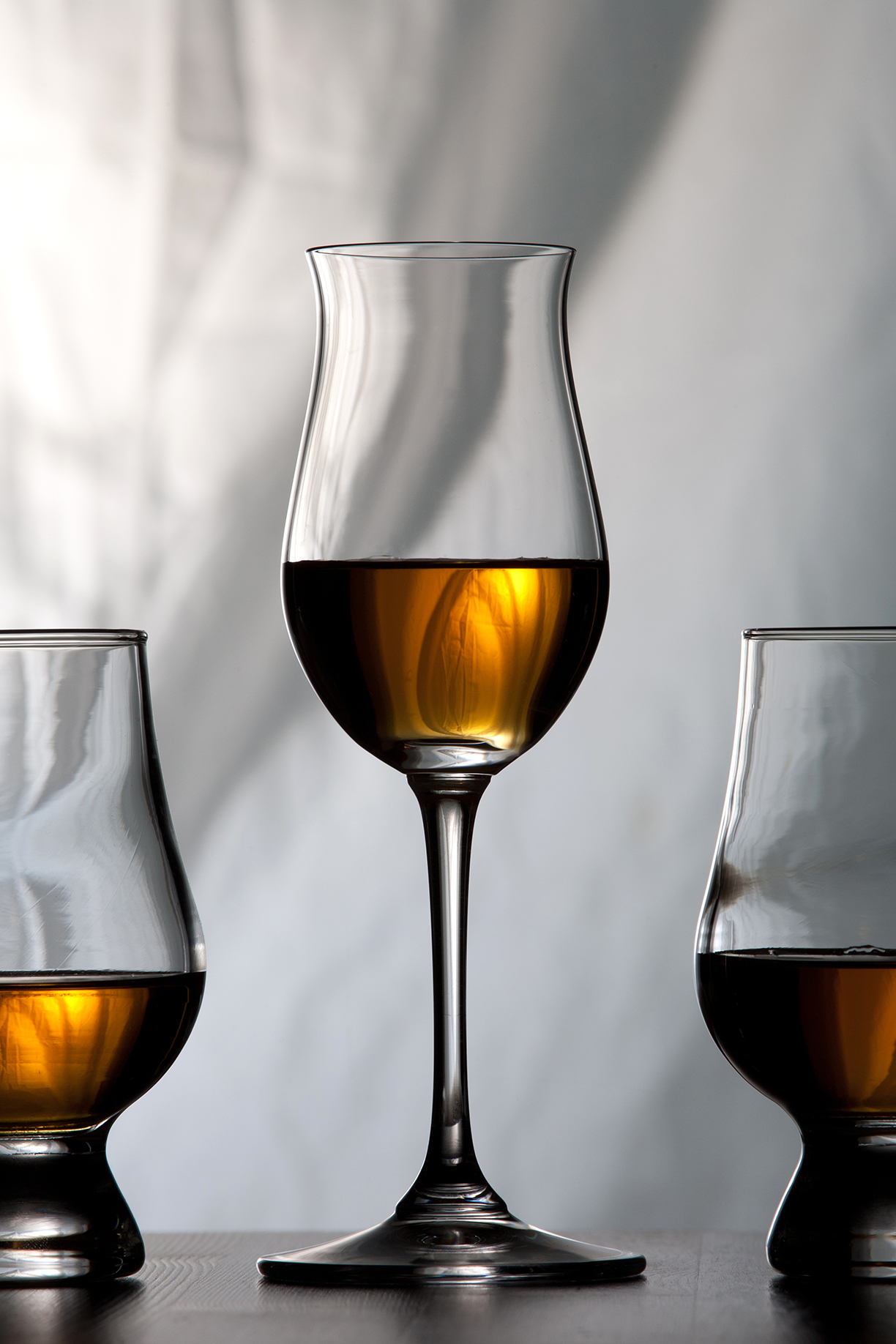
malt whisky, on the other hand, must be produced from 100% malted barley. Additionally, Scotch cannot be sweetened or contain any additives other than plain caramel for coloring.
Distillation
In bourbon making, the mash bill will ferment for several days before being transferred into a column still with all the original grain solids remaining in the mixture. The resulting liquid, called distiller’s beer, is then boiled, vaporizing the alcohol through the top of the column and directing it into a doubler, where it is distilled once more to remove any further impurities.
The remnants and spent grain left behind in the column still, termed as sour mash, is sometimes reintroduced into the fermentation process to make sour mash bourbon, another variety of whiskey. While bourbon whiskey is allowed to be distilled up to 160 proof, the distillate must be reduced to 125 proof or lower prior to barreling, as required by law. Alternatively, in Scotch distillation, what is referred to as wort is separated from its spent barley grains before beginning its fermentation process.
After spending two to four days in containers called wash backs, the liquid produced during fermentation is distilled first in a wash still to boil off the alcohol from the water, yeast and pot ale. The remaining distillate, known as low wines, then passes into a second spirit still to be distilled another time. Before being barreled, the foreshots and feints of the whisky are both channeled off to be redistilled with the low wines in the next batch. Only the pure center cut, or heart of the run, which averages around 130 proof, is collected.
Terms to Know
ANGEL’S SHARE
The alcohol that evaporates from a cask as the whisky is maturing in a warehouse.
COLUMN STILL
A tall industrial still that uses steam injection and allows for continuous, mechanized distillation that produces a cleaner spirit than a pot still does.
DOUBLER
A type of copper pot still commonly used in conjunction with a column still for the second round of distillation, especially for bourbon.
FORESHOTS
The more volatile compounds which distil off first during Scotch distillation.
FEINTS
The oilier compounds that are vaporized during Scotch distillation.
MASH BILL
The mixture of grains used to make bourbon.
PEAT
A compressed organic substance consisting of grasses, plants, tree roots and mosses that is used to dry malted barley and infuses a distinct peaty flavor.
POT STILL
A style of copper still that is most common in the distillation of single malt whisky.
SPIRIT STILL
The second, and often smaller, pot still used in the distillation of Scotch.
WASH STILL
The first, and often larger, pot still used in the distillation of Scotch.
WHISKEY
The spelling used by American and Irish distilleries.
WHISKY
The spelling used by Scotland, Canada, India, Japan and most of the rest of the world.
WORT
A warm and sugary solution that contains the soluble sugars from the malted barley dissolved in warm water.
Aging
Generally speaking, bourbon does not have a minimum aging require-ment, although, for a spirit to have the distinction of a ‘straight bourbon,’ it must be aged for at least two years. In addition, any bourbon aged less than four years must include an age statement on its label. Bourbon whiskey must also, by law, be aged in new charred oak barrels, which greatly contributes to the color characteristics and aging process.
This is a key difference in that Scotch distilleries have a large amount of freedom in choosing from a range of casks for which to age their spirits, including those which formerly contained wine, port, sherry and cognac, among others. This wide selection of vessels is part of tradition and allows distillers greater creative experimentation, having given rise to the method of finishing Scotch in secondary barrel; a common practice used today. And while several Scotch whiskies are aged for as many as 12, 15 and even 25 years, the minimum years for which a Scotch must be aged is three years.
Kentucky’s hotter climate results in more of the whiskey evaporating away as “the angel’s share” than is the case in Edinburgh, so aging a barrel of whiskey in Kentucky for 25 years pro- duces far less whiskey than would be the case in Scotland, and therefore a more rarefied product.
Flavor
Bourbon’s high proportion of corn lends the spirit to have a sweeter flavor profile compared to that of many other whiskeys, especially Scotch. Without the elements of added flavors or coloring, much of a bourbon’s character relies heavily upon the charred surface of new oak barrels from which it often develops oaky, vanilla and caramel notes.
Scotch is much more complex and boasts a greater range of flavors than bourbon, given the wider cask selection, opportunity for blends and the age-old regions throughout Scotland renowned for flavors distinct to them. Whiskies that come from the Highlands and Speyside are better known for a lighter, fruitier and sweeter profile than that of a robust, smoky and peaty beast from Islay. The Lowlands often produce mellow drams with floral tones, and the peninsula of Campbeltown is noted for the dryness and sometimes pungency of its Scotch.
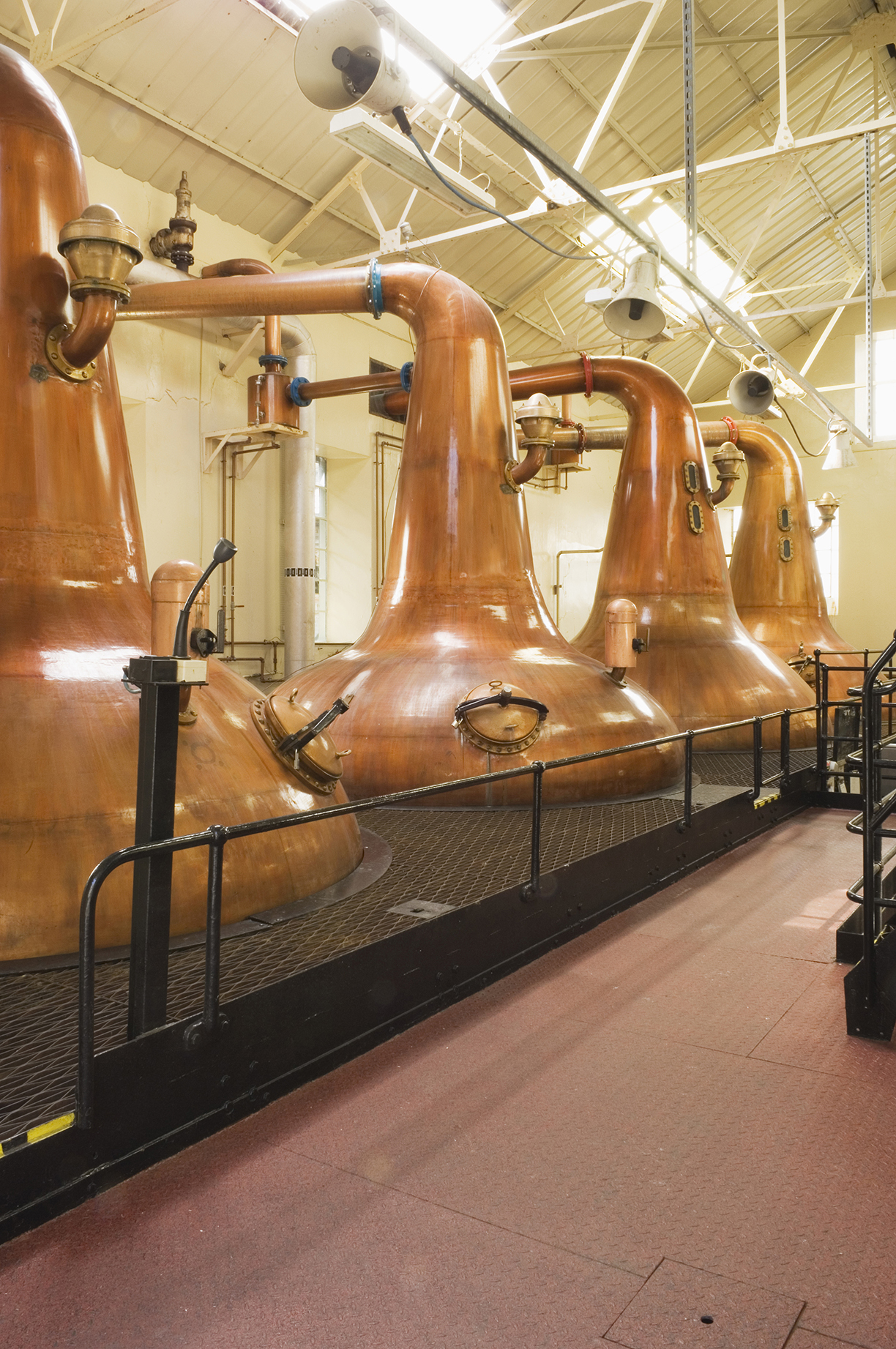
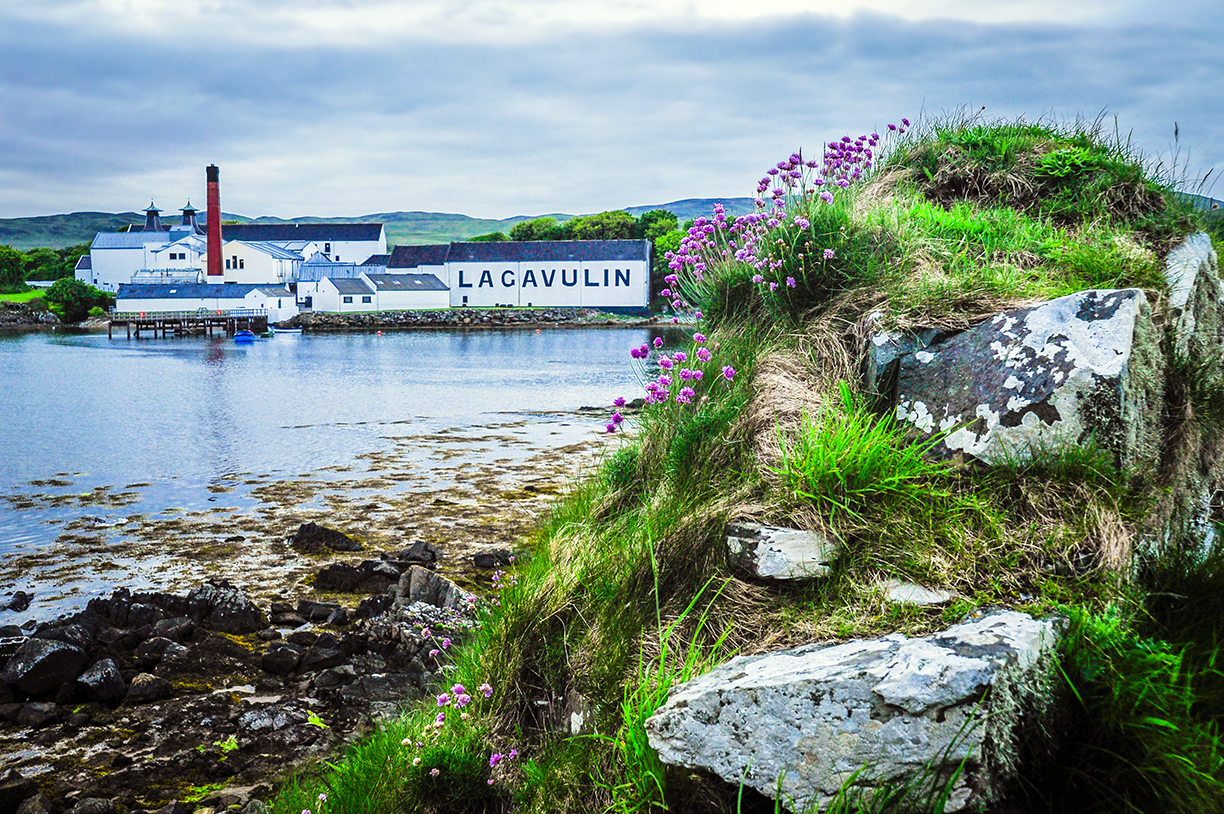
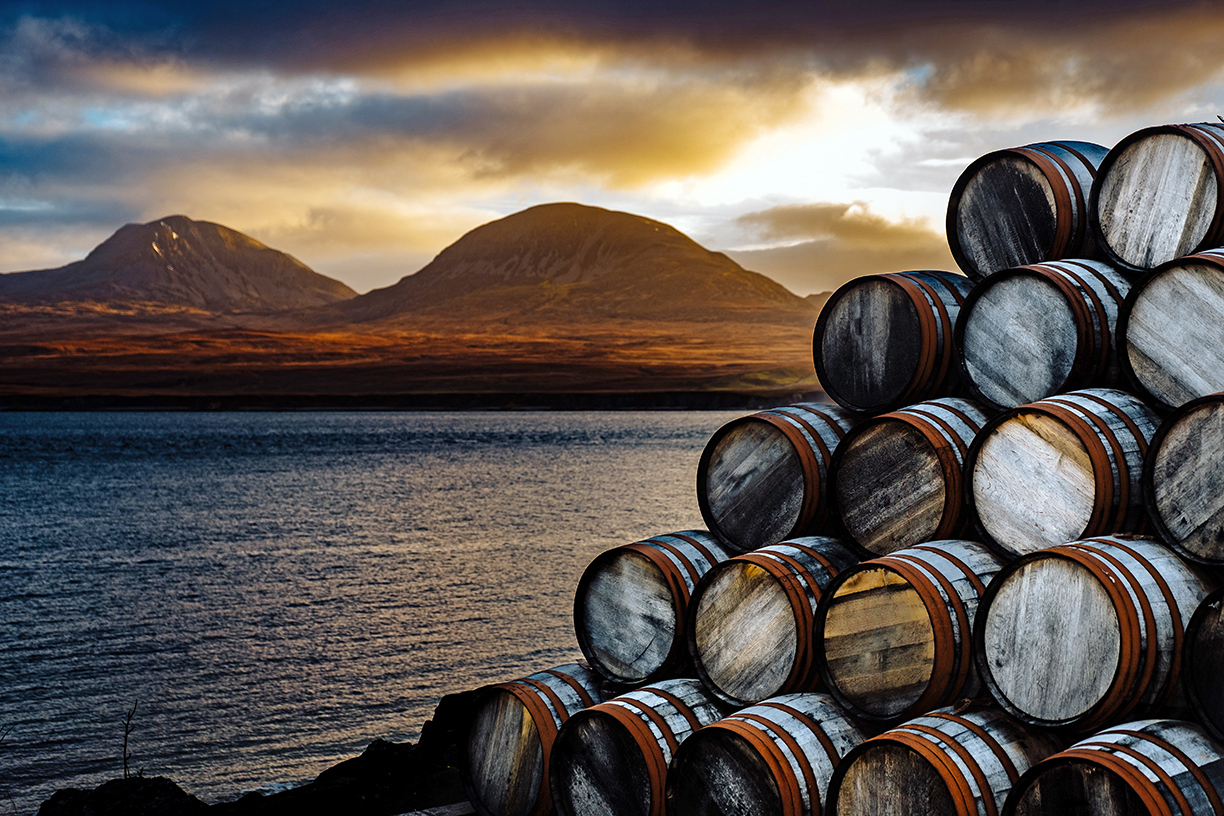
All photos courtesy LuxuryRealEstate.com
Content originally provided by LuxuryRealEstate.com.
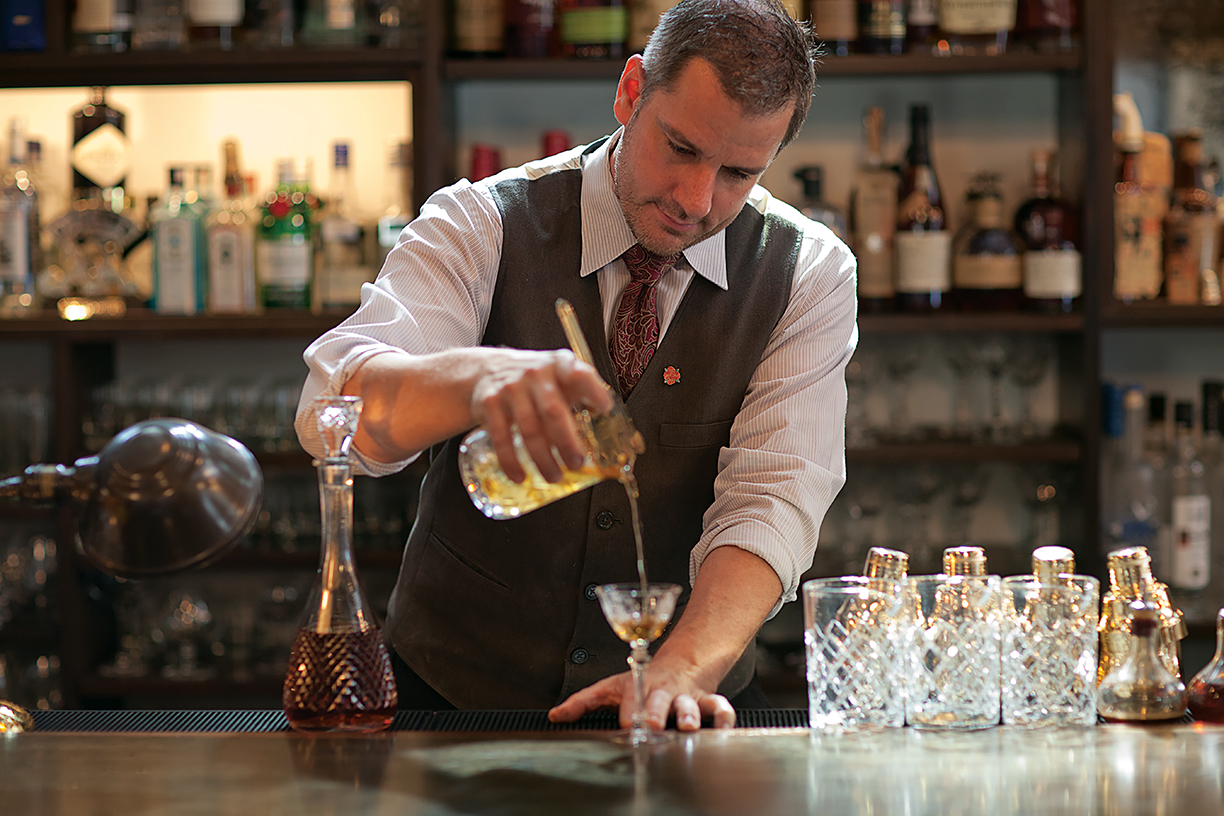
Is any spirit currently trendier than whiskey? Its popularity nationally is reflected in elaborate bars dedicated to its discovery.
The history of whiskey dates back to the 15th century and in America its popularity has endured every beverage trend from flavored martinis to craft beers. As Americans embrace this brown liquor — originally from Scotland but now produced from Bangalore to Brooklyn — as a timeless indulgence, they increasingly patronize high-end whiskey bars showcasing the spirit’s remarkable diversity. In Los Angeles, one of the bars that set the whiskey revolution in motion was Seven Grand and its success led to spinoff s in San Diego, Denver and Austin. Steve White, general manager of the downtown Austin location, reports a current selection of just under 600 whiskeys, but insists that sheer numbers are not what motivates him. “My goal is to have the most curated collection of whiskeys that our bartenders can be proud to put in front of anybody,” he explains.
In addition to rare and exotic varieties like a 21-year Hibiki from Japan or Balvenie Tun 1509 single malt from Scotland, Seven Grand offers Texas-crafted whiskeys, including Garrison Brothers Distillery not far from Austin. White reports that customers are eager to discover local brands — a prevailing trend throughout the food-and-beverage industry — and insists Balcones Dsitilling, another Lone Star State label, is competitive on the world stage. In the back of the original Seven Grand in L.A., an exclusive tasting library called Bar Jackalope pours particularly rare whiskeys and give s regulars an opportunity to rent lockers to store their own valuable hooch.
With its mounted game heads, antler chandeliers and two-story whiskey bar, illuminated in a soothing amber glow, Butcher and the Rye is a popular hangout in downtown Pittsburgh. Owned by classically trained chef Richard DeShantz, a restaurateur whose four establishments have helped fuel a hot food scene in the Stell City, Butcher and the Rye stocks 600-plus varieties of whiskey, including more than 350 bourbons. Meanwhile, the kitchen offers specialties like beef tartare with black garlic aioli and truffled egg, duck liver pâté with Sauternes gelée, panseared halibut, and buttermilk-fried rabbit.
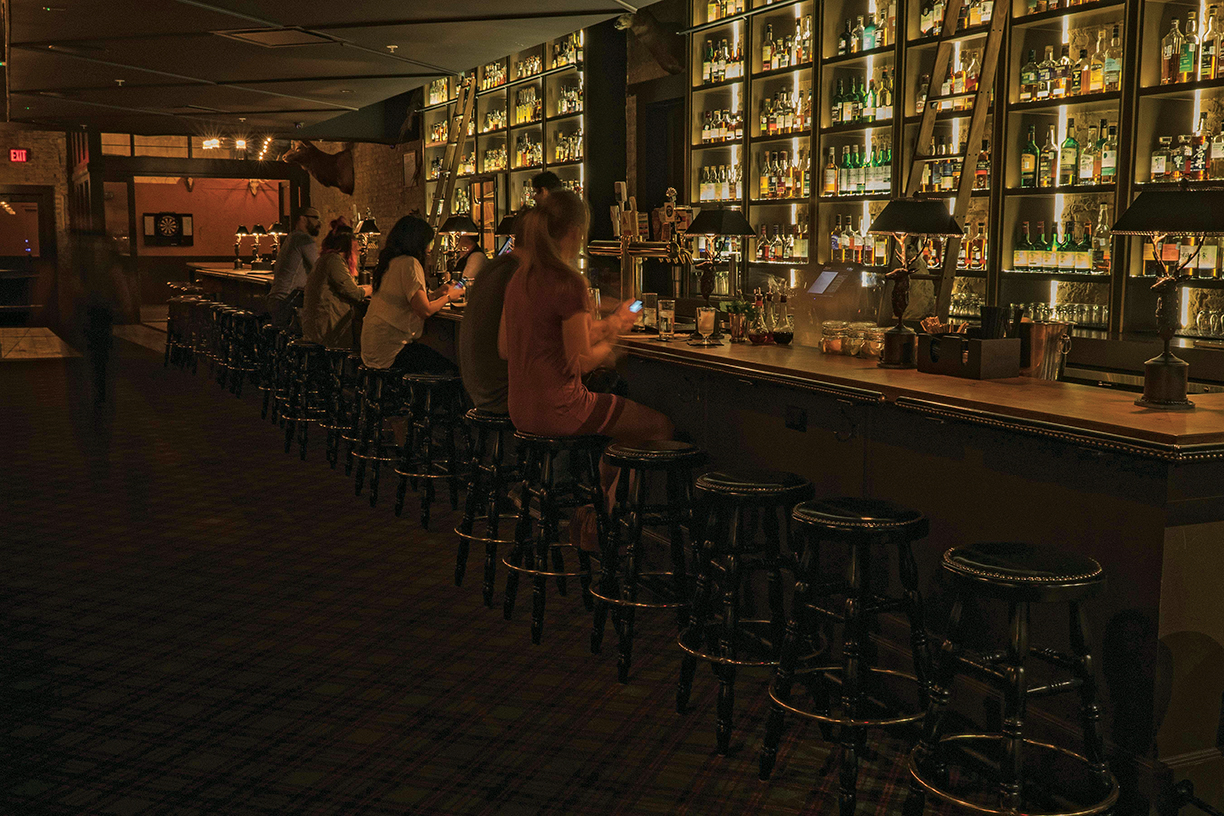
Canon in Seattle boasts America’s largest spirit collection (4,000 labels and counting), with whiskeys consuming about 150 pages of the 191-page Captain’s List. “We have a very fiite amount of space and when it’s completely consumed that will be our number,” says proprietor Jamie Bourdreau of the lists’s upside potential.
Reluctant to express personal preferences, the Seattle whiskey authority quips, “Whenever someone asks me for my favorite it can usually be translated to, ‘What should I drink or order?'” Bourdreau explains, “The proper reason to that question, in my humble opinion, is: ‘What are you using the whiskey for, what time of day, time of year, what have you enjoyed in the past, and what’s your budget?”
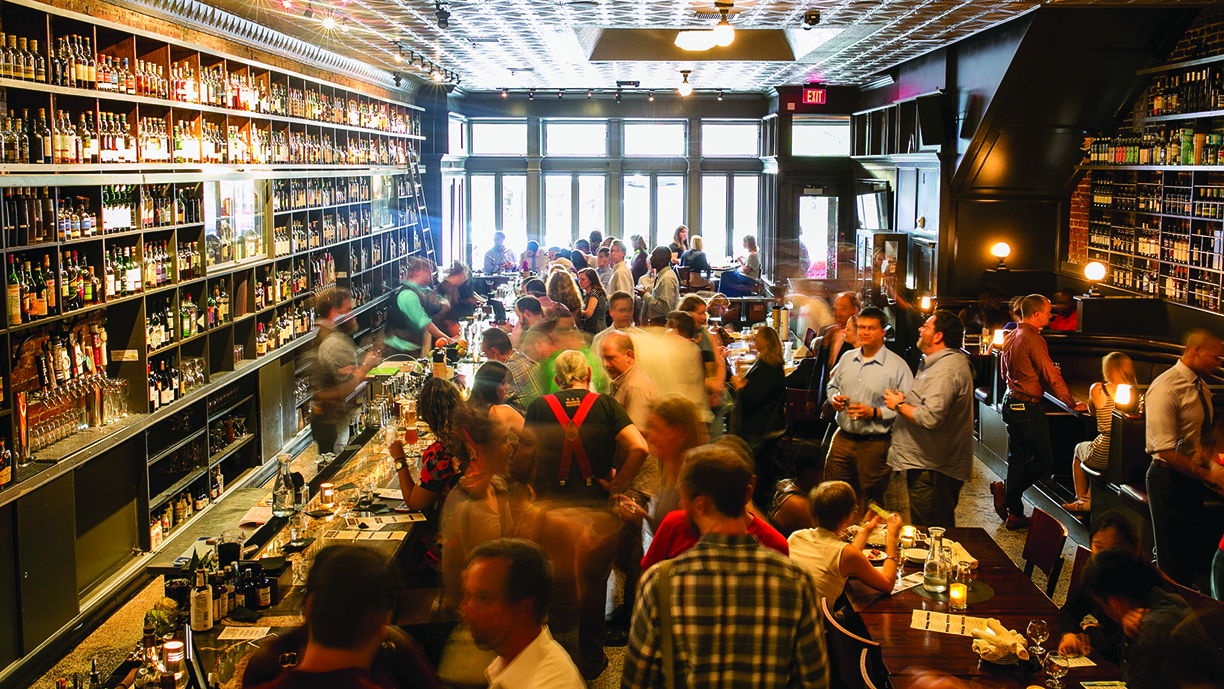
Canon’s list includes many century-old whiskeys priced in the stratosphere, such as a 1898 Canoe Club ($1,225 per pour).
Cocktails — many are memorialized in “The Canon Cocktail Book” authored by Boudreau — include classics like Sazerac and Champs Élysées, multiple mules and creative originals. “I enjoy classics and their history, but have an equal passion for coming up with new combinations and presentation styles,” reports Boudreau, who in spite of his mixology expertise insists Canon is much more than a bar. His kitchen turns out inspired dishes like seared foie gras on pain perdu with cocoa nib “soil,” sweetbread nuggets with agrodolce and barbecue sauce, and duck cassoulet.
Las Vegas’ The Whisky Attic claims to maintain the greatest whiskey collection in America, and whether or not that is actually the case, this off-the-Strip venue is certainly one of the best places to learn about different styles and explore new labels. Various tastings are offered by appointment only, and whether a customer’s interests lean toward Kentucky, Scotland or Japan, the Attic’s approximately 1,800 bottles provide fertile grounds for discovery.
As politics is often enough to drive anybody to drink, it should be no surprise Washington, D.C. offers several outstanding whiskey bars. The Next Whiskey Bar is ensconced in the historic Watergate Hotel, part of the property’s recent $125 million renovation. The space features curvaceous floor-to-ceiling shelving displaying 2,500 custom-made whiskey bottles, all dramatically and sensually illuminated.
Among the selections at The Next are a 23-year Pappy Van Winkle ($500 per pour), 25-year Macallan ($300) and 18-year Yamazaki Mizunara 2017 ($650), all excellent options for lobbyists with unlimited expense accounts. But there are whiskeys for everybody at The Watergate’s chic watering hole. “We’re shaking off the ‘appeal to only older men’ mentality,” says the hotel’s assistant food-and-beverage director Chad Gentile, insisting whiskey is a versatile ingredient that appeals to a diverse clientele. “We host men and women in their late twenties to more venerable guests wanting to relive the vivacity of the period,” he says of the capital’s cocktail culture.
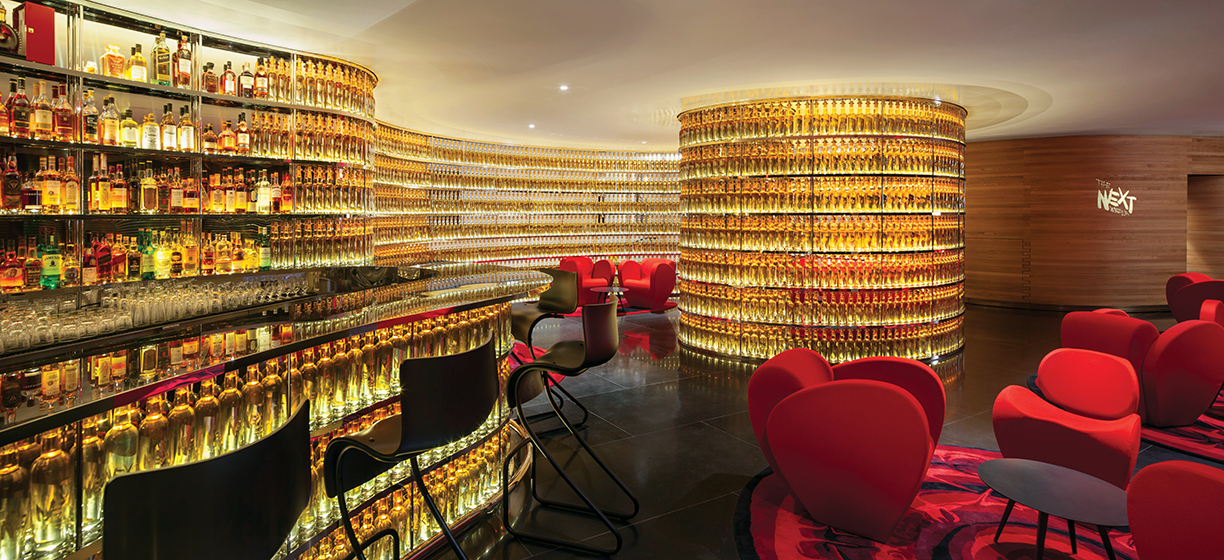
Also in D.C. is the more traditional-looking Jack Rose Dining Saloon, where candlelit tables beneath a tin-stamped ceiling are enveloped by shelves containing approximately 2,700 bottles of whiskey for sampling. With 10,000 bottles a year sold by the dram, owner Bill Thomas is confident his establishment dispenses more whiskey than any bar in the world. Suggesting a demand for quality is driving the popularity of the spirit, he reports, “In the early- to mid-2000s people started paying attention to what they were consuming.”
Jack Rose Dining Saloon presents a sophisticated menu that extends well beyond whiskey-habanero wings to include ginger-glazed pork belly, scallops with black trues, and steak in peppercorn or blue cheese sauce — generally hearty fare that stands up to whiskey. Popular with diplomats, members of Congress and professional athletes, Thomas says of his diverse clientele, “On any given night a guy in a hockey jersey might be seated next to a Saudi prince.”















